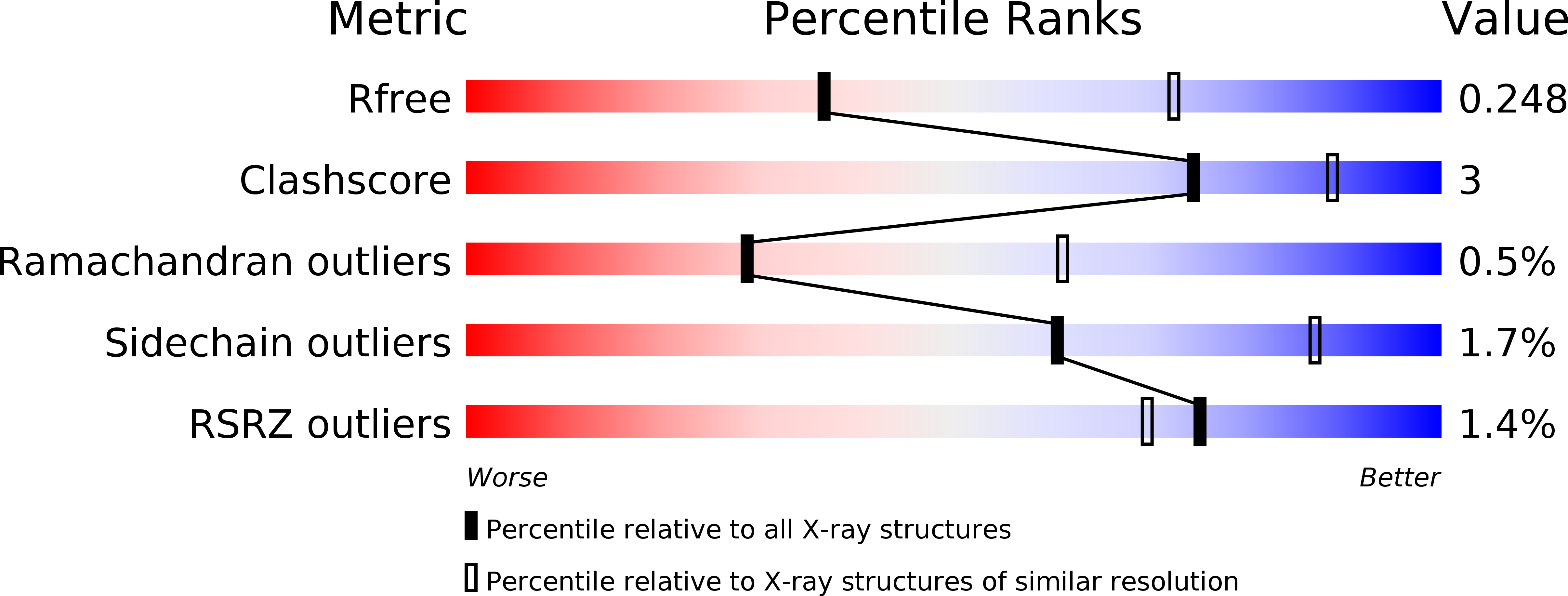
Deposition Date
2008-09-30
Release Date
2008-11-04
Last Version Date
2023-12-13
Entry Detail
PDB ID:
2V4Z
Keywords:
Title:
The crystal structure of the human G-protein subunit alpha (GNAI3) in complex with an engineered regulator of G-protein signaling type 2 domain (RGS2)
Biological Source:
Source Organism:
HOMO SAPIENS (Taxon ID: 9606)
Host Organism:
Method Details:
Experimental Method:
Resolution:
2.80 Å
R-Value Free:
0.25
R-Value Work:
0.20
R-Value Observed:
0.21
Space Group:
P 32 2 1


